Page 58 of 58
Re: Pete Eeles
Posted: Tue Jul 09, 2024 5:02 pm
by Padfield
The Spanish festoon egg on the right is a wonder to behold, Pete! Those fern designs … There’s nothing like that on the caterpillar, or at least not on the instars I’ve seen.
Guy
Re: Pete Eeles
Posted: Tue Jul 09, 2024 6:24 pm
by Wurzel
A stunning array of species there Pete




I'm with Guy that Festoon egg is absolutely awesome

Have a goodun
Wurzel
Re: Pete Eeles
Posted: Tue Jul 09, 2024 6:36 pm
by Pete Eeles
Thanks chaps - I have to thank Max for diligently following a few females while we worked out the foodplant - which were really very small on a sun-drenched hillside! The chevrons seen within the egg are, I think, simply the hairs that are found on the first instar larva - here's a photos of one that Max managed to capture:
https://pbs.twimg.com/media/GLnMEgYXoAA ... =4096x4096
You see something similar in the Swallowtail and Duke of Burgundy, for example!
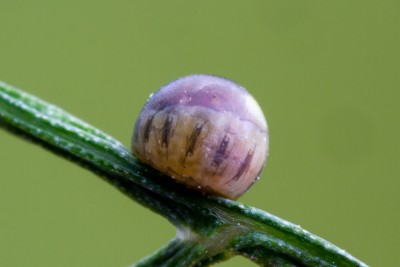
- Swallowtail
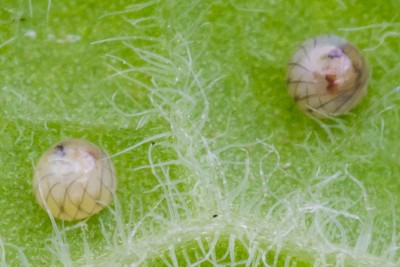
- Duke of Burgundy
Cheers,
- Pete
Re: Pete Eeles
Posted: Thu Jul 18, 2024 6:21 pm
by Pete Eeles
June 19th - 26th - Italian Alps
My most recent trip, with Ben Greenaway, was to the Italian Alps - this was our 3rd trip to the area; we've seen a normal year, an advanced year and, this year, an absolutely bonkers year that was well behind 'normal'. The weather also wasn't the best, although we did make the most of things by focusing not just on adult butterflies, but also immature stages (more on that in another post), ecology, larval food plants etc. Some images below.
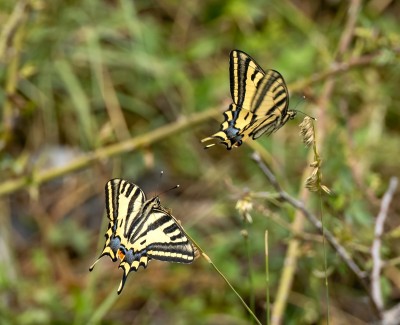
- Southern Swallowtail
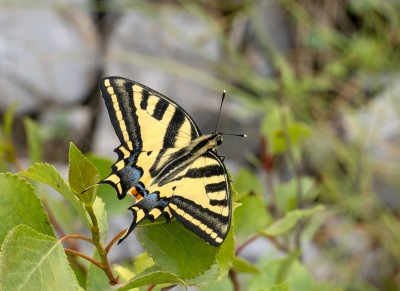
- Southern Swallowtail
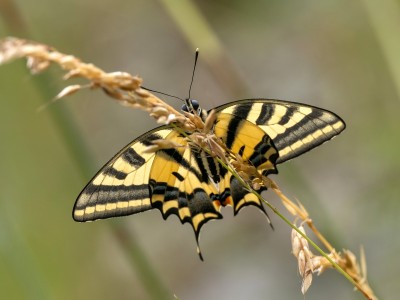
- Southern Swallowtail
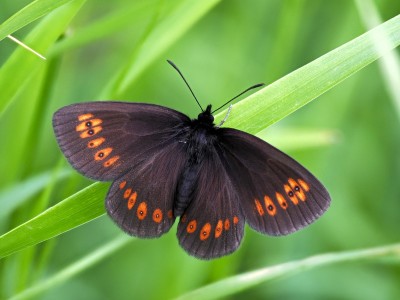
- Almond-eyed Ringlet
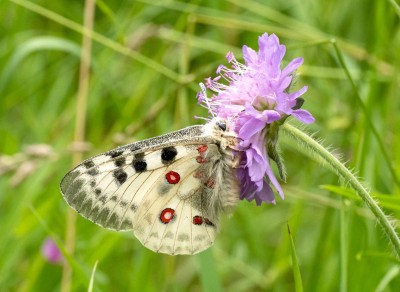
- Apollo
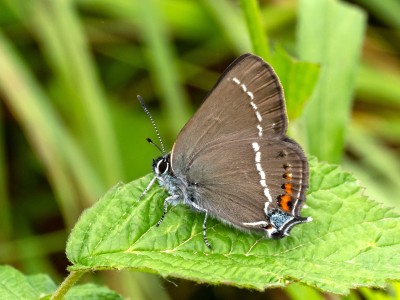
- Blue Spot Hairstreak
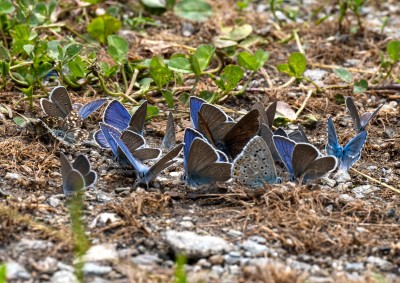
- Puddling blues, Southern Grizzled Skipper and Geranium Argus
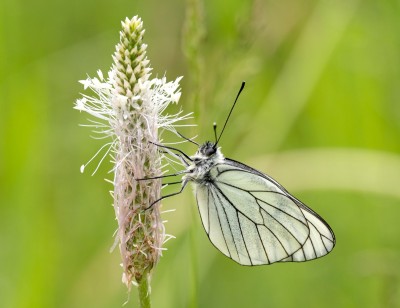
- Black-veined White
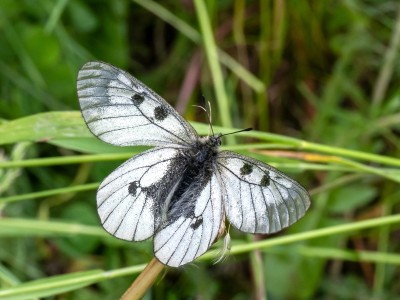
- Clouded Apollo
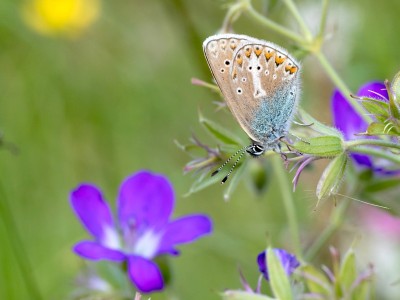
- Geranium Argus - on Geranium!
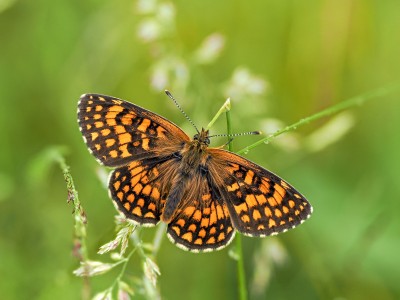
- Heath Fritillary
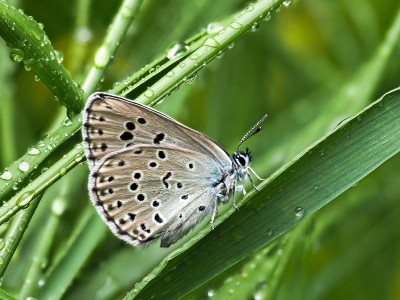
- Large Blue
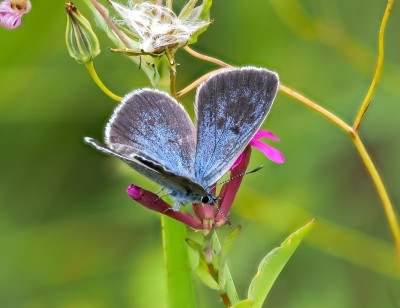
- Large Blue
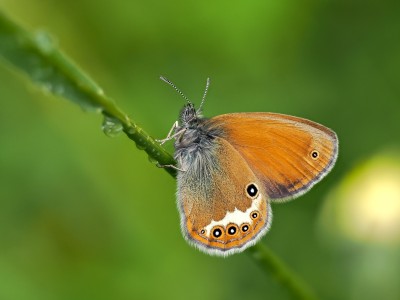
- Pearly Heath
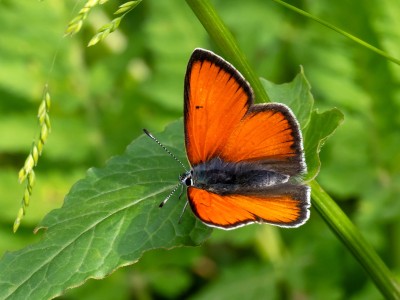
- Purple-edged Copper
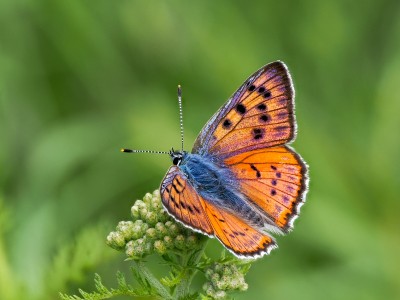
- Purple-shot Copper
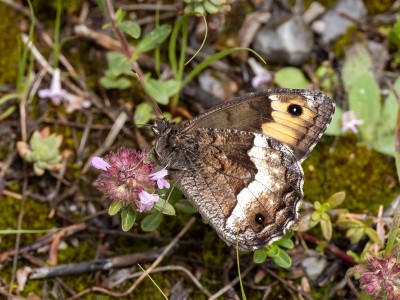
- Rock Grayling
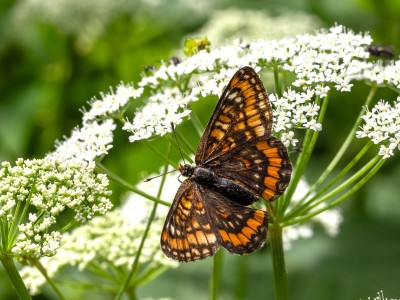
- Scarce Fritillary
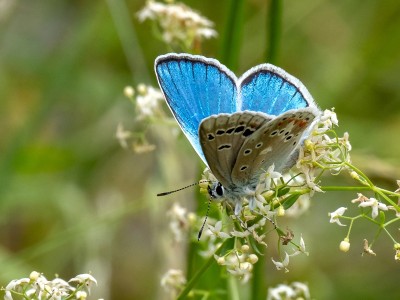
- Turquoise Blue
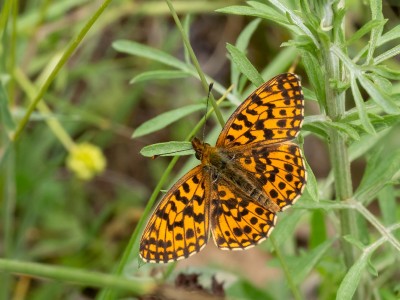
- Weaver's Fritillary
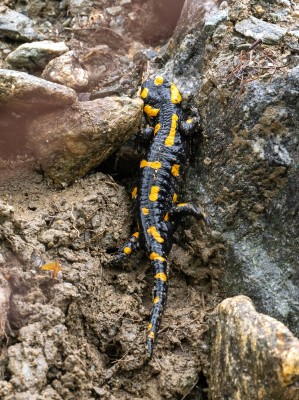
- Fire Salamander (thanks Ben!)
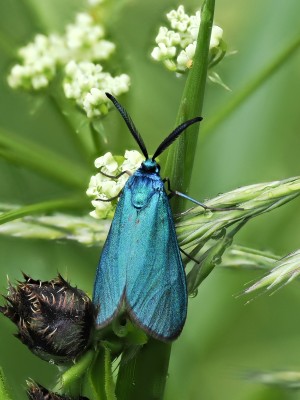
- Forester moth
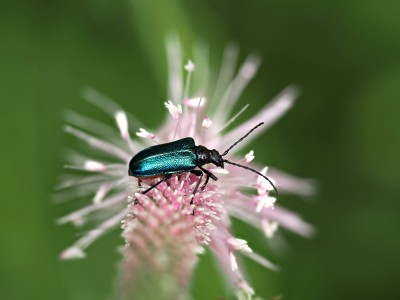
- A beetle needing ID
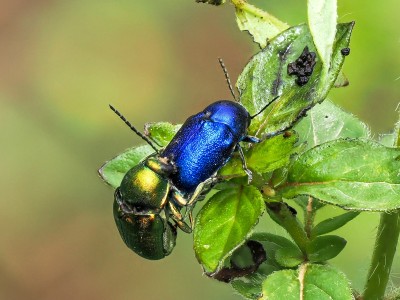
- Ditto!
Cheers,
- Pete
Re: Pete Eeles
Posted: Thu Jul 18, 2024 8:06 pm
by Padfield
Hi Pete. For your beetles, try Gaurotes virginea and Oreina cacaliae. There are several species of Oreina in my books, but this looks the best, and can be blue or green.
Wonderful alexanor piccies!!
Guy
Re: Pete Eeles
Posted: Thu Jul 18, 2024 8:13 pm
by Pete Eeles
Thanks Guy - much appreciated! The colour contrast of the male/female beetles was absolutely stunning - a photo doesn't really do them justice!
Yes, alexanor was really playing ball that particular day, and all thanks to Ben for finding this site in the first place!
Cheers,
- Pete
Re: Pete Eeles
Posted: Fri Jul 19, 2024 7:17 pm
by Wurzel
There are some right corkers in there Pete



The Southern Swallowtail and the Purple-shot Copper would have to battle it out for top-spot in my opinion


Have a goodun
Wurzel
Re: Pete Eeles
Posted: Tue Jul 23, 2024 12:40 pm
by Pete Eeles
Re: Pete Eeles
Posted: Wed Jul 24, 2024 2:32 pm
by Pete Eeles
Brimstone-fest
Prompted by a Twitter post by Max Anderson, I've had a good search of my Alder Buckthorn using a UV torch, which lights up any final-instar Brimstone larvae and pupae. Despite finding no larvae during the day, I've now notched up 3 pre-pupation larvae and 7 pupae, one of which (a female) emerged yesterday morning! UV searches really are a game changer when it comes to certain species and stages.
Cheers,
- Pete
Re: Pete Eeles
Posted: Fri Jul 26, 2024 5:47 pm
by Pete Eeles
Stockbridge Down - and hope!
I spent a couple of hours at Stockbridge Down this afternoon and, while butterfly numbers are definitely supressed compared with previous years, I did come away with a sense of hope that our butterfly fauna will recover. My expectations were low since I thought I'd find singletons of almost everything, but came away very happy indeed!
Chalk Hill Blue, normally seen in their hundreds, were in their 10s; I probably saw 50 adults in total - although the females are only just starting to emerge, with a single pairing witnessed. Dark Green Fritillary are coming to the end of their flight season, with half a dozen females seen, including one ovipositing. Peacock seem to be doing extremely well, with at leat 50 seen, making the most of the Wild Marjoram. It was also nice to see a few Painted Lady.
Brimstone are now emerging and around 20 very fresh individuals were seen. Other sightings included a few Marbled White that are still hanging on, both Small and Essex Skippers (although no Silver-spotted Skipper were seen, despite a thorough search), Comma, several Silver-washed Fritillary, and numerous Gatekeepers and Meadow Brown.
Common Blue, which seems to be having a pretty poor year, was also seen, including a mating pair. A few Brown Argus were also seen. And, until today, I had not yet seen a Small Copper this year, but one turned up just as I was leaving the site. It was almost as if this tiny jewel was personally telling me not to worry!
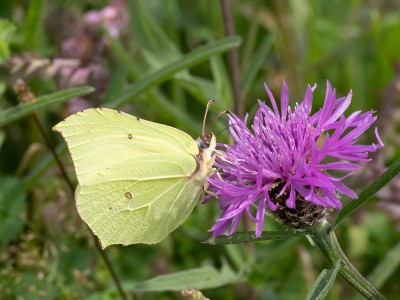
- Brimstone
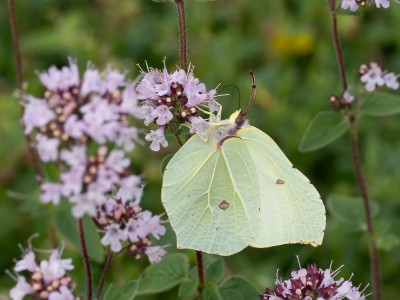
- Brimstone
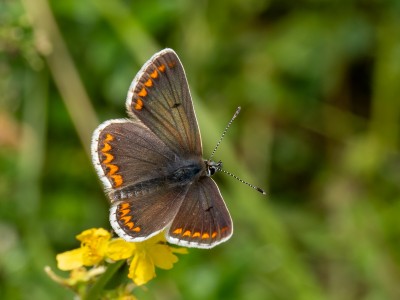
- Brown Argus
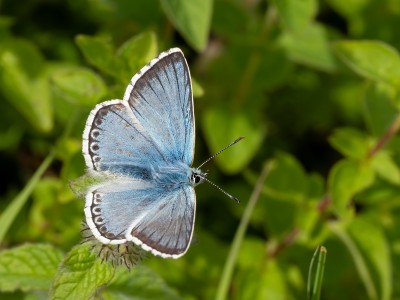
- Chalk Hill Blue
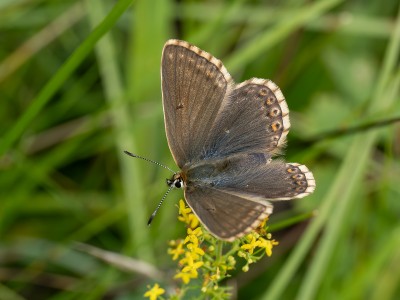
- Chalk Hill Blue
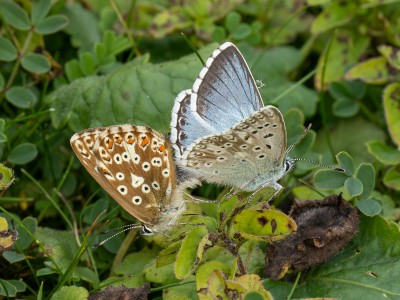
- Chalk Hill Blue
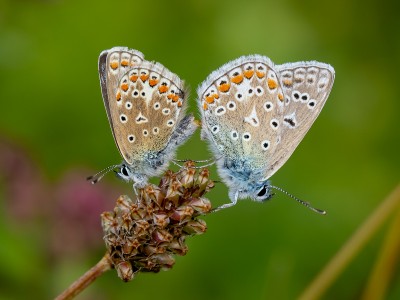
- Common Blue
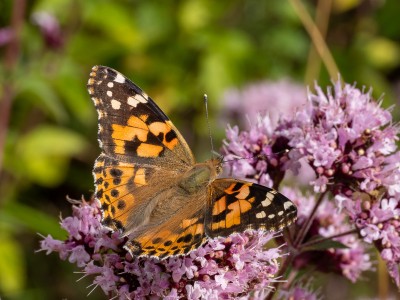
- Painted Lady
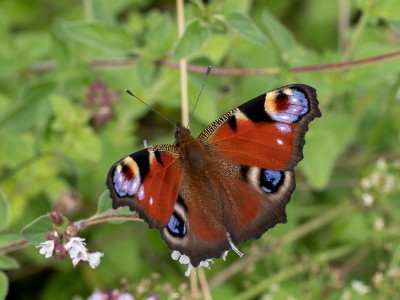
- Peacock
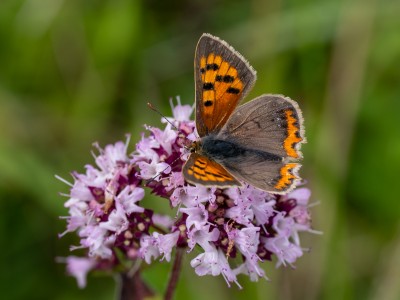
- Small Copper
Cheers,
- Pete
Re: Pete Eeles
Posted: Sat Jul 27, 2024 3:44 pm
by Wurzel
I was thinking something along these lines the other day Pete - there's so much munch for hungry caterpillars that hopefully next year will be a bounce back - fingers crossed

Cracking shots - especially the female Chalkhill, a subtle beauty she is


Have a goodun
Wurzel
Re: Pete Eeles
Posted: Sun Jul 28, 2024 7:12 pm
by Pete Eeles
Thanks Rich!
It was really interesting to watch a Brimstone fly 'into' a garden Acer this morning to get out of the sun, it would seem. On closer inspection, I found another two on the same bush! They all eventually flew off after their sojourn!
Cheers,
- Pete
Re: Pete Eeles
Posted: Wed Aug 07, 2024 4:44 pm
by Pete Eeles
I've had an interesting week or so, with it coming up for surveys of various species, not least White Admiral based on larval searches. I'm now in my second decade of such a 'hobby' and, while this may sounds deadly dull, is surprisingly good fun, especially if you find what you're looking for in new areas! Here's a larva with its characteristic 'pier':
And today, while sorting out various bits and bobs, I came across this fine chap/chapess. Apparently, Elephant Hawk-moth are having a very good year!
Cheers,
- Pete
Re: Pete Eeles
Posted: Wed Aug 07, 2024 4:47 pm
by Sylvie_h
Hi Pete,
How do you find all these lovely pupa ? Is this just instinct or chance ? I've myself been looking for pupa but have been unlucky so far even if I am sure they are somewhere... very frustrating. The worst bit is to see a butterfly laying eggs, I make a mental mark of where the eggs are, then see the caterpillars when I return to the spot, see them growing and then look for the pupas but cannot find any. If you could explain, that would help...
Sylvie
Re: Pete Eeles
Posted: Wed Aug 07, 2024 5:50 pm
by Pete Eeles
Hi Sylvie,
That depends very much on the species, and understanding their life cycle and ecology.
Taking White Admiral as an example, then if you know a wood where they fly, then revisiting at this time of year and looking for eggs and larvae on Honeysuckle growing in the right conditions isn't as difficult as it seems. I then mark the branches they're on, either with a piece of green string or yellow masking tape (!), and revisit during the winter and into spring. The number that make it through to adulthood is very small (2%), as it is in the wild generally. But following the larvae each week and observing where they've moved to (they're well camouflaged and will move some distance) and, on occasion, I'll find where they've settled to pupate.
Some species, however, are very difficult, especially grass feeders that will wander. Their pupae are also very distributed and often nowhere near where the egg was laid!
Some are also very easy, such as Red Admiral, which will pupate in nettles in the same bed where their eggs were laid.
Patience and perseverance are also needed!
I would have to say, however, that pupae are probably the most difficult stage to find for most of our species.
Cheers,
- Pete